10 Basic Rules for Fabric Care
1.) Carefully follow the instructions on the label of each product.
2. ) Always wash separately dark and intense colours from white and light ones.
3.) Do not overload the washing machine. When washing delicate garments, do not load the washing machine over 1/3 of its capacity.
4.) You can wash the garment at 60° to remove tough stains; washing garments at high temperatures too frequently degrades colours more quickly
5.) On tough stains use a liquid stain remover without bleach or optical brightener. Leave it to rest for 10 minutes without rubbing and wash in the washing machine.
6.) Wine stains must be treated as quickly as possible with acetic acid, by putting some drops of white vinegar (or lemon) on the stain
7.) Limit the amount of washing liquid (one teaspoon - 5gr per every kilo of laundry) and always use detergents without bleach or optical brightener
8.) To improve the absorbency of your towels, do not use softener.
9.) In order to maintain the original look and feeling, hang your garments to dry and steam iron them without pressing.
10.) Hand washing is not recommended.
Fabric Specific Product Care
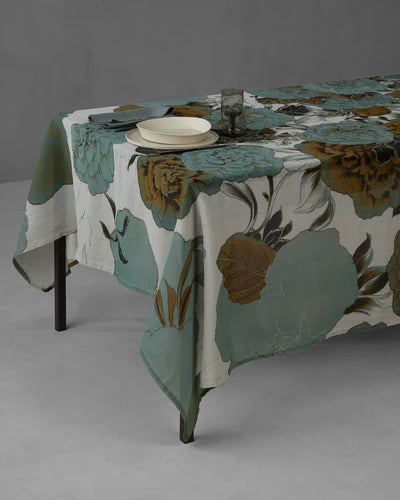
Abaca
Abaca is a fibre derived from a plant that grows spontaneously in sub-equatorial climates. It is completely natural, biocompatible, it lasts the passing of time, despite being bio-degradable. Regular, high tech and light, abaca is transpirant, resistant and termoregulates the body heat.
Maintenance: Machine wash at 40°, keeping the different colours separated. Stains can be treated before washing with a stain remover. Let the product rest without rubbing the stain and then wash immediately. With dark garments, test the remover on a small hidden part of the fabric. For a natural dry after washing, stretch out the damp garment to remove creases, then hang possibly without folding. Use a tumble dryer on a light cycle. Iron at high temperatures.
Detergents: We recommend to choose the right detergent according to the colour of your garments. Do not use softener.
Colour: This garment has been made using special dying and finishing processes, which confer the item an exclusive “used” look: this, along with potential irregularities related to the dying are distintive traits of the product and should not be considered faults at all.
Washings:
Water temperature 40°C
Do not bleach
Tumble dry at low temperatures
Iron maximum heat 150°C
Dry clean with tetrachloroethylene and other solvents for F symbol delicate
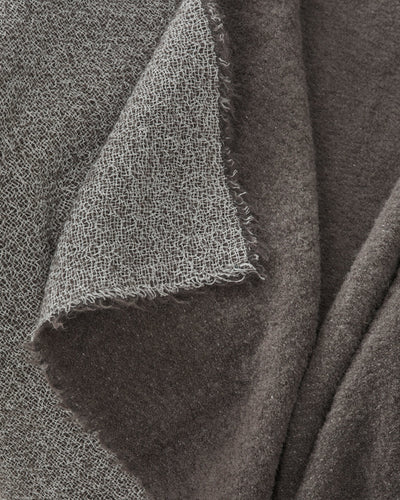
Alpaca
Alpaca is a special kind of wool obtained from the animal who lives on the Peruvian Andes. Very popular for knitwear and blankets, it is an exquisite material. The finished products are light but very warm and cosy at the same time.
Maintenance: Dry clean is recommended.
Detergents: Dry clean.
Colour: This garment has been made using special dying and finishing processes,
which confer the item an exclusive “used” look: this, along with potential irregularities related to the dying are distintive traits of the product and should not be considered faults at all.
Washings:
Do not wash
Do not bleach
Do not tumble dry
Iron maximum heat 110°C
Dry clean with tetrachloroethylene and other solvents for F symbol delicate

Cashmere
Cashmere is a fibre obtained from wool of goats living in Tibet, on Mongolian plateaus and Iran. Its softness, the capacity to keep a constant temperature and antistaticity are typical of this precious
material.
Maintenance: Dry clean is recommended.
Detergents: Dry clean.
Colour: This garment has been made using special dying and finishing processes, which confer the item an exclusive “used” look: this, along with potential irregularities related to the dying are distintive traits of the product and should not be considered faults at all.
Washings:
Do not wash
Do not bleach
Do not tumble dry
Iron maximum heat 110°C
Dry clean with tetrachloroethylene and other solvents for F symbol delicate
Cotton
Cotton is a light and resistant fabric derived from the seed of the cotton plant, from which a high variety of products can be obtained. After linen and wool, cotton is the most ancient textile, the most widespread all over the world, highly versatile, it absorbs every colour perfectly. A cosy, natural and breathable fabric, perfect to keep you cool in the hot weather.
Maintenance: Hand or machine washing at 40° (washing above 60° is not recommended for both the lasting of colours and the quality of the fabric itself). Stains can be treated with a stain remover before washing. Let the remover rest without rubbing, then wash. With dark garments, test the remover on a small hidden part of fabric. The most delicate products in cotton (gauzes or voiles) can be put in the washing machine inside a washing bag, to avoid fading and damages. The garments can be hung to dry or be put in a tumble dryer. Hanging your garments leaves them dry initially, especially during summer, but it keeps the fibre safe. Tumble dryers makes the garments softer, but on the long run it makes the fibres weak. We recommend a short dry cycle at low temperature. Iron at high temperature.
Detergents: We recommend to choose the right detergent according to the colour of your garments. Do not use softener.
Colour: This garment has been made using special dying and finishing processes, which confer the item an exclusive “used” look: this, along with potential irregularities related to the dying are distintive traits of the product and should not be considered faults at all.
Washings:
Water temperature 40°C
Do not bleach
Tumble dry at low temperatures
Iron maximum heat 150°C
Dry clean with tetrachloroethylene and other solvents for F symbol delicate
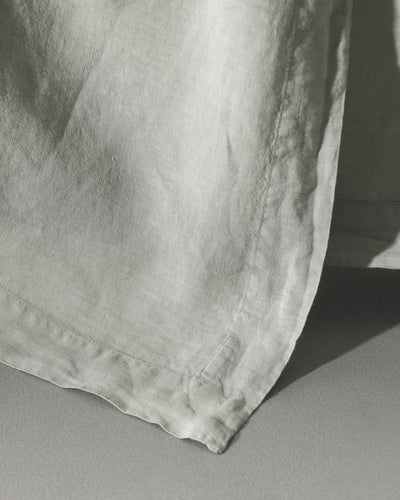
Linen (Over 50%)
Linen is one of the thinnest threads, highly resistant to weaving and high temperatures. This natural fibre is derived from the stem of the linen plant. Among its characteristics, there is a high absorbancy (up
to 20%) and thermoregulation.
Maintenance: Machine wash at 40°, keeping the different colours separated. Stains can be treated before washing with a stain remover. Let the product rest without rubbing the stain and then wash immediately. With dark garments, test the remover on a small hidden part of the fabric. For a natural dry after washing, stretch out the damp garment to remove creases, then hang possibly without folding. Use a tumble dryer on a light cycle. Iron at high temperatures.
Detergents: We recommend to choose the right detergent according to the colour of your garments. Do not use softener.
Colour: This garment has been made using special dying and finishing processes, which confer the item an exclusive “used” look: this, along with potential irregularities related to the dying are distintive traits of the product and should not be considered faults at all.
Washings:
Water temperature 40°C
Do not bleach
Tumble dry at low temperatures
Iron maximum heat 150°C
Dry clean with tetrachloroethylene and other solvents for F symbol delicate
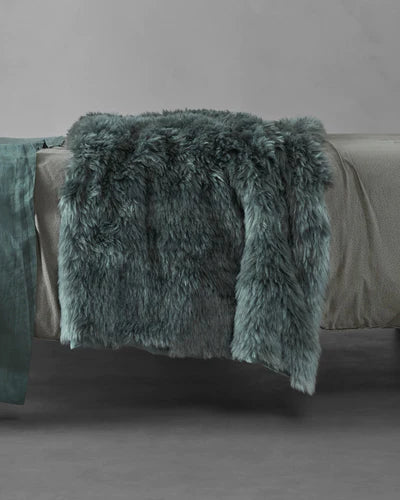
Mohair
Mohair is the fibre derived from the soft and shiny hair of angora
goats, which have been living in Turkey for more than 2000 years. Used to obtained combed wool yarns and knitwear, Mohair is famous for its softness and silkiness. The most precious fibre comes from Kid Mohair, shiny and fluffy.
Maintenance: Dry clean is recommended.
Detergents: Dry clean.
Colour: This garment has been made using special dying and finishing processes, which confer the item an exclusive “used” look: this, along with potential irregularities related to the dying are distintive traits of the product and should not be considered faults at all.
Washings:
Do not wash
Do not bleach
Do not tumble dry
Iron maximum heat 110°C
Dry clean with tetrachloroethylene and other solvents for F symbol delicate
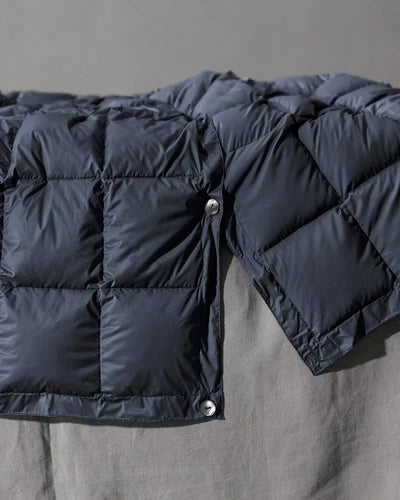
Nylon
Flocks of Syberian white mother goose, hand picked, enclosed in an extra fine nylon fabric, manually quilted, become one of Society’s most iconic products: the “feather-weight” quilt. Polyester is used as
filling for cotton and linen quilts
Maintenance: Dry clean is recommended.
Detergents: Dry clean.
Colour: This garment has been made using special dying and finishing processes, which confer the item an exclusive “used” look: this, along with potential irregularities related to the dying are distintive traits of the product and should not be considered faults at all.
Washings:
Do not wash
Do not bleach
Do not tumble dry
Iron maximum heat 110°C
Dry clean with tetrachloroethylene and other solvents for F symbol delicate
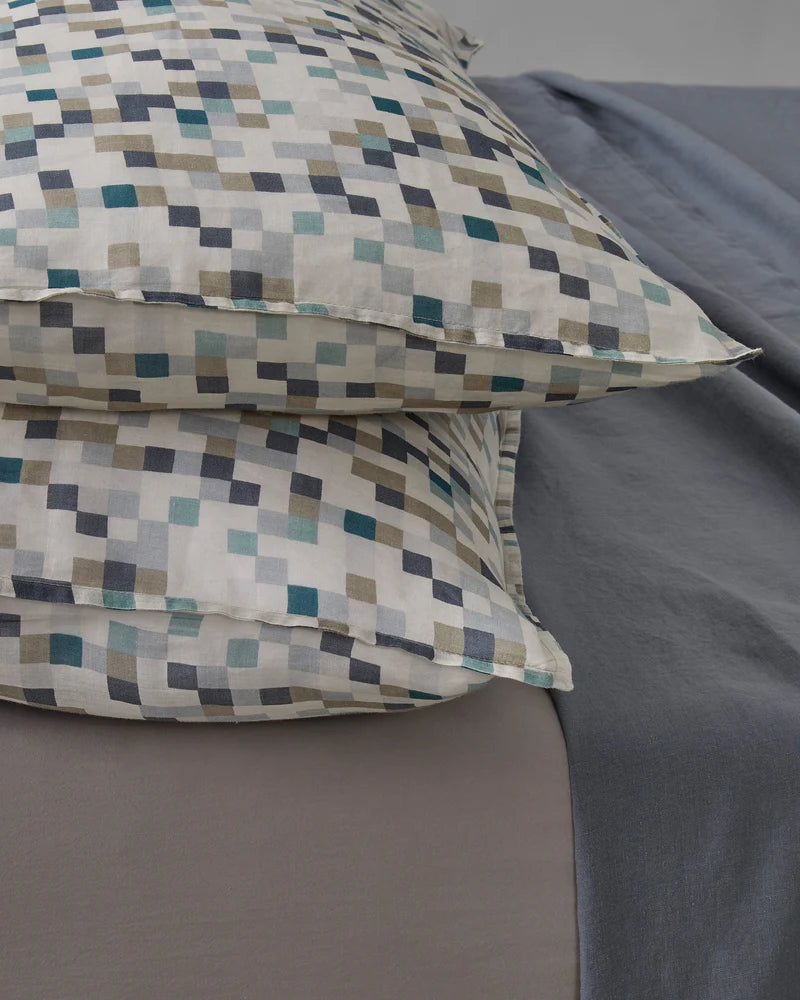
Ramié
Ramié is a textile fibre derived from stems of plants belonging to the urticaceae family, very popular in China and Japan. The fibre is shiny, resistant and absorbs colours extremely well, making it perfect for dying processes.
Maintenance: Machine wash at 40°, keeping the different colours separated. Stains can be treated before washing with a stain remover. Let the product rest without rubbing the stain and then wash immediately. With dark garments, test the remover on a small hidden part of the fabric. For a natural dry after washing, stretch out the damp garment to remove creases, then hang possibly without folding. Use a tumble dryer on a light cycle. Iron at high temperatures.
Detergents: We recommend to choose the right detergent according to the colour of your garments. Do not use softener.
Colour: This garment has been made using special dying and finishing processes, which confer the item an exclusive “used” look: this, along with potential irregularities related to the dying are distintive traits of the product and should not be considered faults at all.
Washings:
Water temperature 40°C
Do not bleach
Tumble dry at low temperatures
Iron maximum heat 150°C
Dry clean with tetrachloroethylene and other solvents for F symbol delicate

Wool
Wool is the most common animal fibre, obtained from shearing sheeps. The transformation process of the material involves washing and spinning, following two different cylces of manufacturing according to the quality of the fibres. Thanks to its particular finishing and the thick weaving of the fibres, it has excellent qualities: it is elastic and resistant, it absorbs humidity and it protects from cold temperatures.
Maintenance: Dry clean is recommended.
Detergents: Dry clean.
Colour: This garment has been made using special dying and finishing processes, which confer the item an exclusive “used” look: this, along with potential irregularities related to the dying are distintive traits of the product and should not be considered faults at all.
Washings:
Do not wash
Do not bleach
Do not tumble dry
Iron maximum heat 110°C
Dry clean with tetrachloroethylene and other solvents for F symbol delicate
